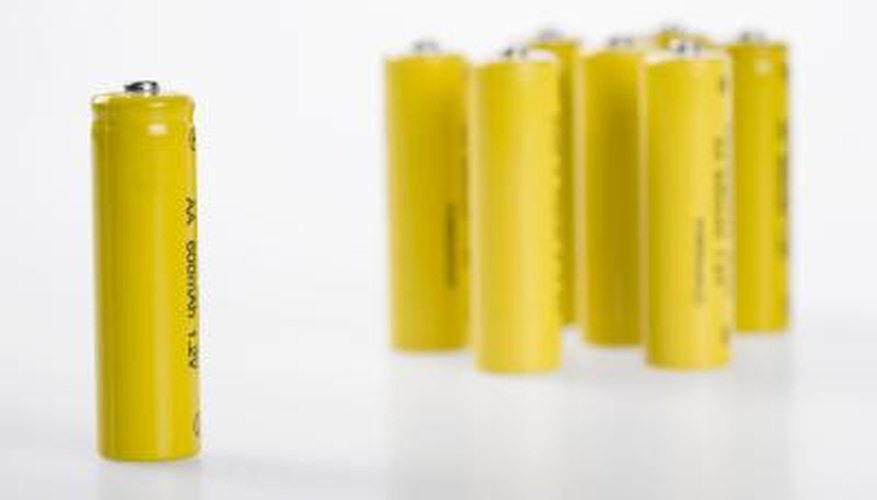Tivoli audio is a Boston, MA based audio company specialising in radio and hi-fi equipment. The radios are noted for their simplicity of design and attractive appearance. Carrying out home repairs on your Tivoli radio may save you money, but this may also void the manufacturer warranty. Likely problems with radios include loose wiring connections, blown power supply fuses, self-discharged batteries and dirty or loose potentiometers. Troubleshoot the radio before opening it up in case the problem is simple to fix.
Jump start the radio. If there is no power after charging the radio, the batteries may have self-discharged. The owner's manual for the iPal radio advises that you plug the radio into the main power supply and play it at moderate volume for three hours. After three hours, switch the radio off but leave it plugged in. The green LED should begin blinking to indicate the battery is charging. Once it stops blinking, leave the radio plugged in for four to five hours without using it to complete the recharge.
- Tivoli audio is a Boston, MA based audio company specialising in radio and hi-fi equipment.
- If there is no power after charging the radio, the batteries may have self-discharged.
Turn the radio on and gradually increase the volume to the level you normally use. Turn each dial and listen for crackling or hissing. The amount of dials depends on the type and model of your radio. For example, the Tivoli Model Three table radio has two small dials and large frequency dial. If you hear hissing or crackling as you touch the dial, the potentiometer attached to the back of the dial may be loosely connected or dirty.
- Turn the radio on and gradually increase the volume to the level you normally use.
- If you hear hissing or crackling as you touch the dial, the potentiometer attached to the back of the dial may be loosely connected or dirty.
Unplug the power adaptor and remove the back panel. Use a Phillips screwdriver to unfasten the small brass screws in the back. Use a pallet knife to separate the side panels from the back of the radio. Use the open battery hatch to pull the back panel off. Carefully separate the panels to expose the interior. The back panel will slide off over the antenna.
Check the power socket fuse. Unscrew the AC power supply socket and inspect the fuse. If there has been a power surge the fuse may have blown. A blown fuse typically has a brownish discolouration. Remove and replace any blown fuses.
- Check the power socket fuse.
- Unscrew the AC power supply socket and inspect the fuse.
Inspect the antenna wire connection. Follow the antenna from the stem to its connection on the circuit board. The antenna location varies from model to model. For example, on the iPal Radio it is located on the back. It is hinged and sits in a groove to keep it out of sight. If you spot a loose connection, melt the joint with a clean soldering iron, add solder and reconnect the joint.
Clean the potentiometers. The potentiometers are located directly behind the volume and frequency dials. Wipe the potentiometer with the cloth, spray some plastic-safe contact cleaner onto the potentiometer then turn the dial to distribute the solution.
TIP
Stick the screws to a piece of electrical tape to keep them in order and to prevent them from rolling away.
WARNING
Always unplug your radio before you open it up, even if there is no power.
